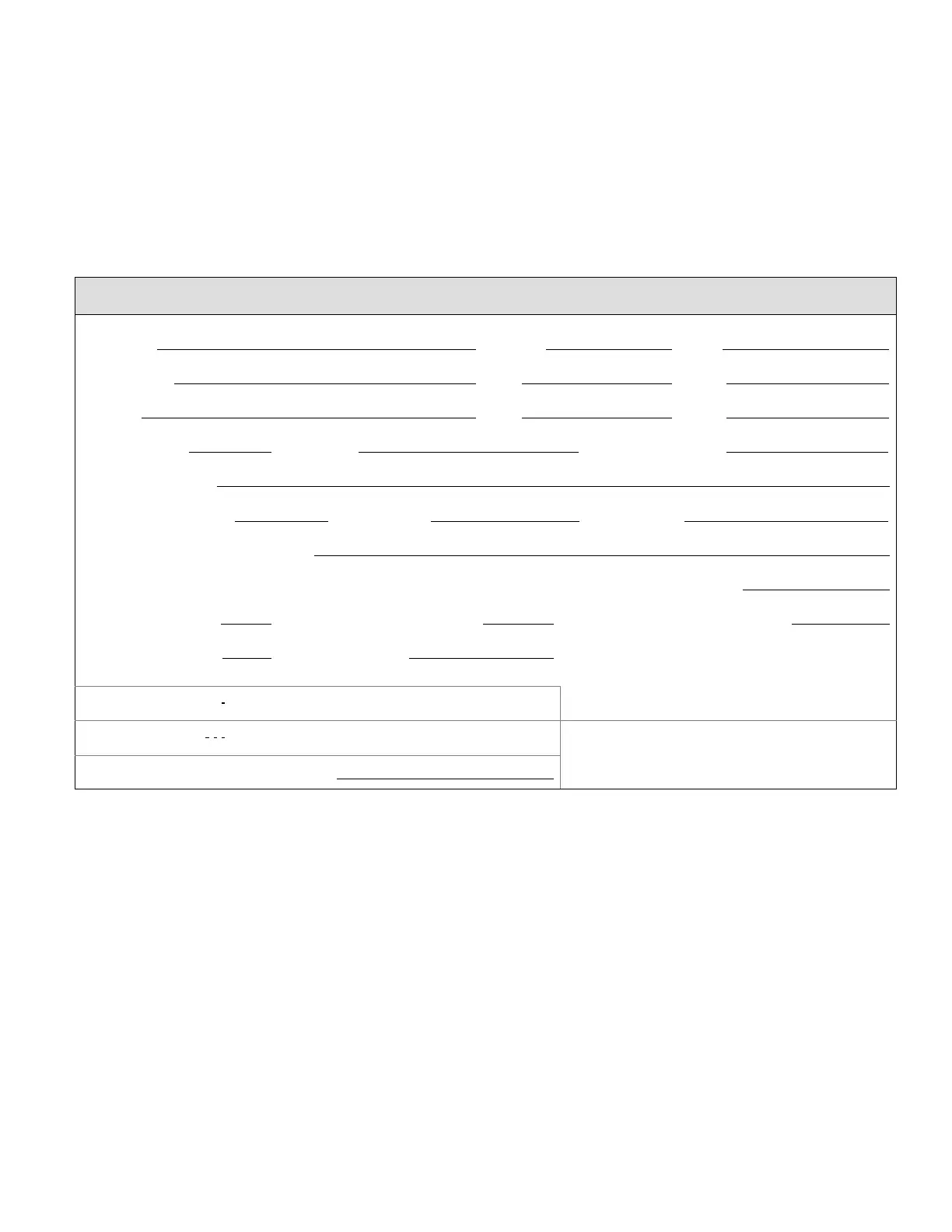Page 23
ML14XC1 SERIES
Also, ensure that refrigerant pipes are not being
affected by indoor air contamination. Check condition
of insulation on the refrigerant lines. Repair, correct, or
replace as necessary.
7. Inspect the duct system for leaks or other problems.
Repair or replace as necessary.
8. Check for bearing/bushing wear on indoor blower
motor. Replace as necessary.
9. Indoor unit inspections of gas- or oil-fired furnaces will
also include inspection and cleaning of the burners,
and a full inspection of the gas valve, heat exchanger
and flue (exhaust) system.
General System Test with System Operating
1. Your technician should perform a general system test.
He will turn on the air conditioner to check operating
functions such as the startup and shutoff operation.
He will also check for unusual noises or odors, and
measure indoor/outdoor temperatures and system
pressures as needed.
2. The technician will check the refrigerant charge per
the charging sticker information on the outdoor unit.
3. Verify that system total static pressure and airflow
settings are within specific operating parameters.
4. Verify correct temperature drop across indoor coil.
Start-Up and Performance Checklist
Job Name Job no. Date
Job Location City State
Installer City State
Unit Model No. Serial No. Service Technician
Nameplate Voltage
Rated Load Ampacity Compressor Outdoor Fan
Maximum Fuse or Circuit Breaker
Electrical Connections Tight? Indoor Filter clean? Supply Voltage (Unit Off)
Indoor Blower RPM S.P. Drop Over Indoor (Dry) Outdoor Coil Entering Air Temp.
Discharge Pressure Suction Pressure Refrigerant Charge Checked?
Refrigerant Lines: Leak Checked? Properly Insulated? Outdoor Fan Checked?
Service Valves: Fully Opened? Caps Tight? Thermostat
Voltage With Compressor Operating Calibrated? Properly Set? Level?
